 |
 |
 |
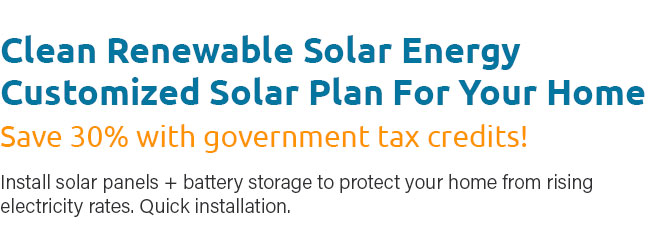 |
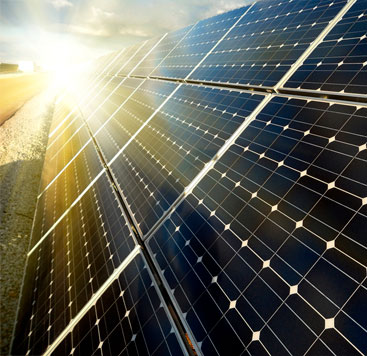 |
 |
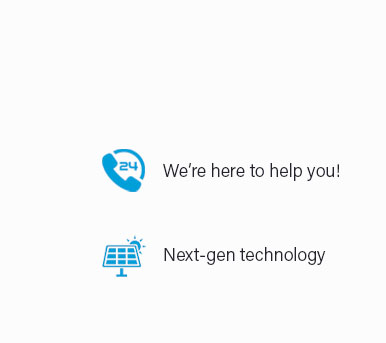 |
 |
 |
 |
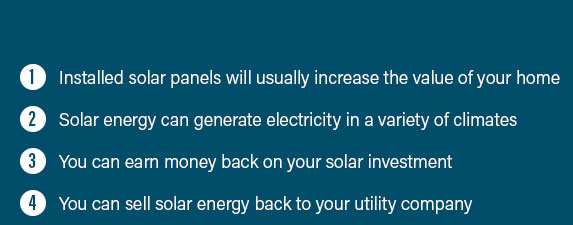 |
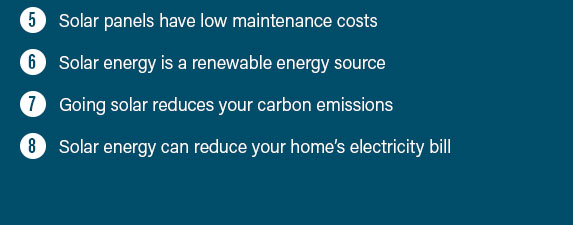 |
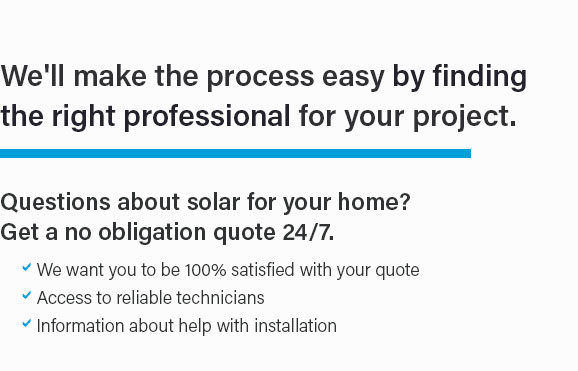 |
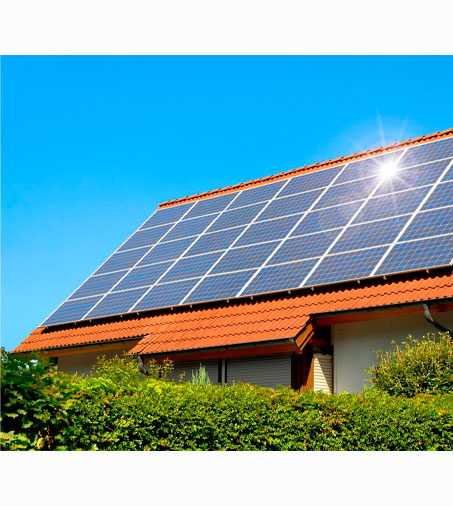 |
|
 |
 |
 |
|
Unlock the future of energy independence and sustainability with our cutting-edge solar electric system installation; get an instant, no-obligation solar panels installation quote today and discover how seamlessly you can transform sunlight into savings, power your home or business with clean, renewable energy, and take control of your energy costs while contributing to a greener planet-because the best time to harness the sun's power is now.
https://www.proinso.net/blogs/build-diy-off-grid-solar-system/
1. Calculate the load - 2. Select the battery - 3. Select the solar panel(s) - 4. Select charge controller - 5. Select the inverter - 6. Mount the solar panel - 7. https://unboundsolar.com/blog/step-by-step-diy-solar-installation?srsltid=AfmBOoqp9xjIpINndqQBPmU03D5gI79He7XompF6Lrk6udxts641Fslt
We've created a comprehensive, step-by-step solar panel installation guide to help you through each stage of the solar installation process. https://www.familyhandyman.com/project/off-grid-solar-power-system/?srsltid=AfmBOooWk0y5npeW-q8XstPKl7gUuqJCsFKbMJrBMEZ8ae3921xLUeCw
A compact off-grid solar array is a fantastic solution for RVs and campers, and can be an easy way to run power to an outbuilding.
|